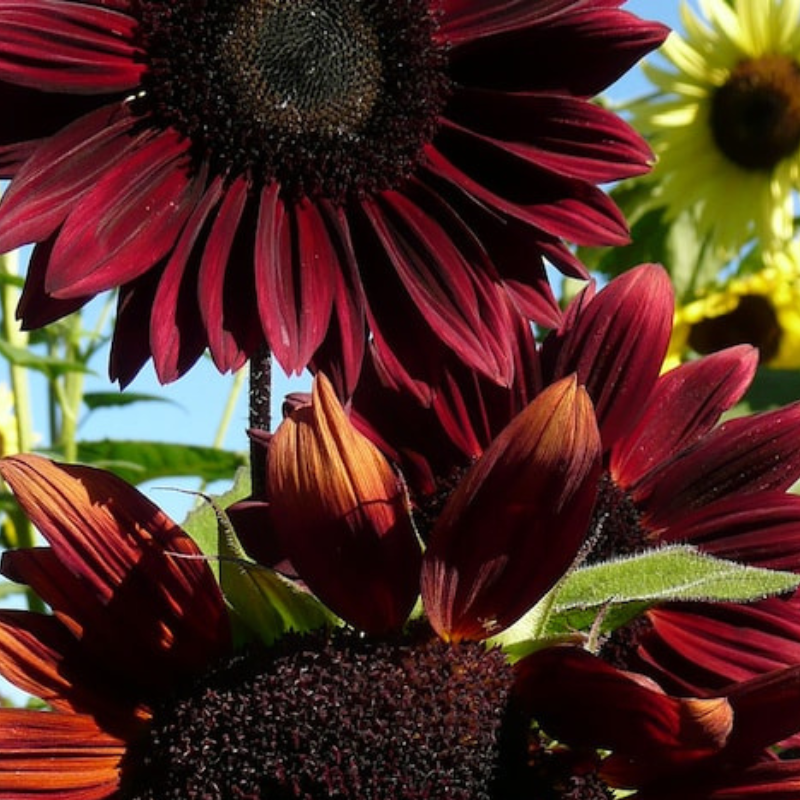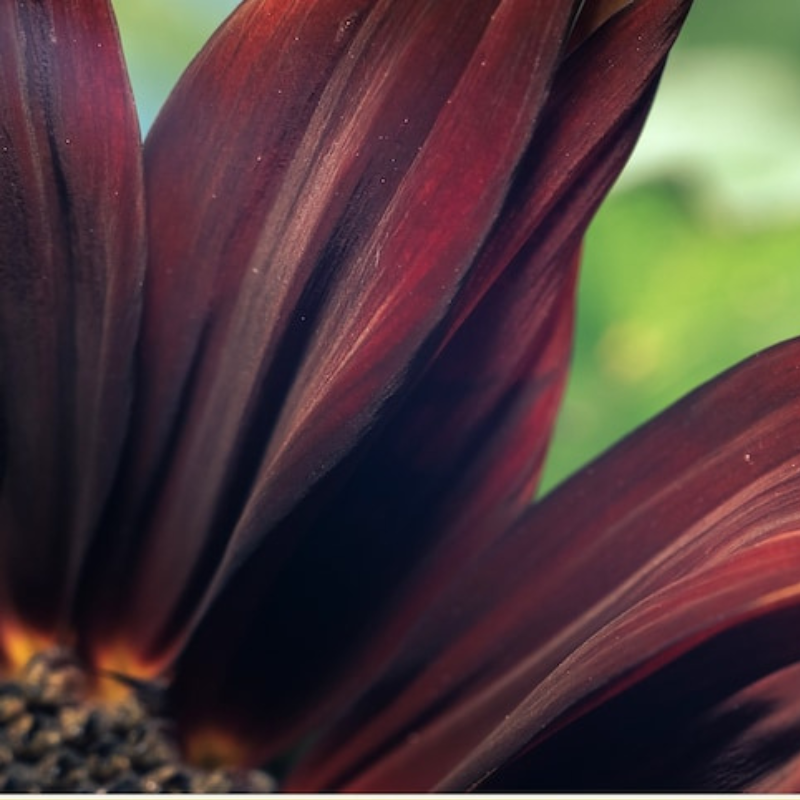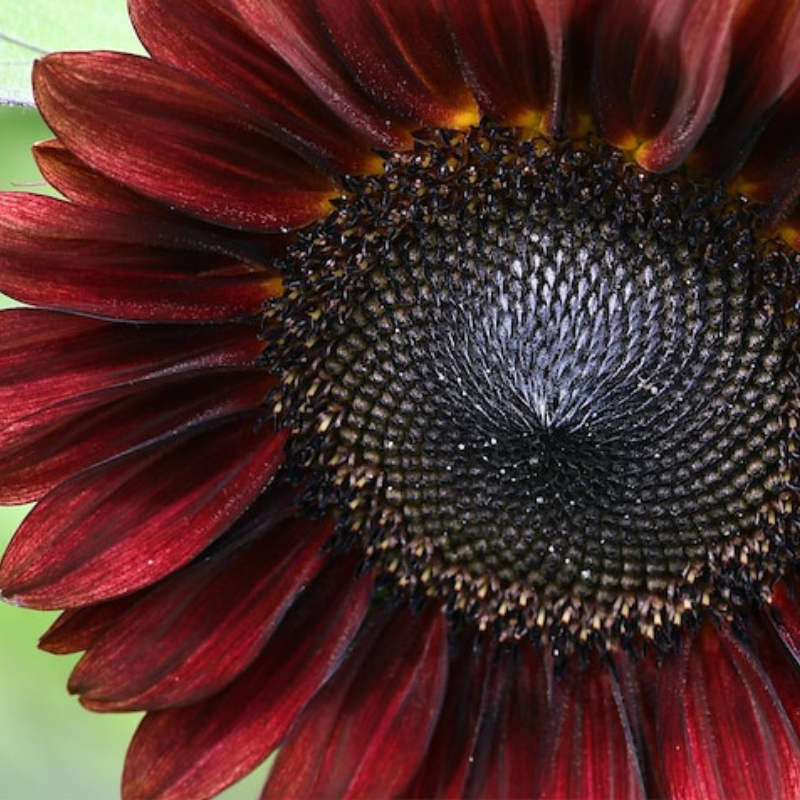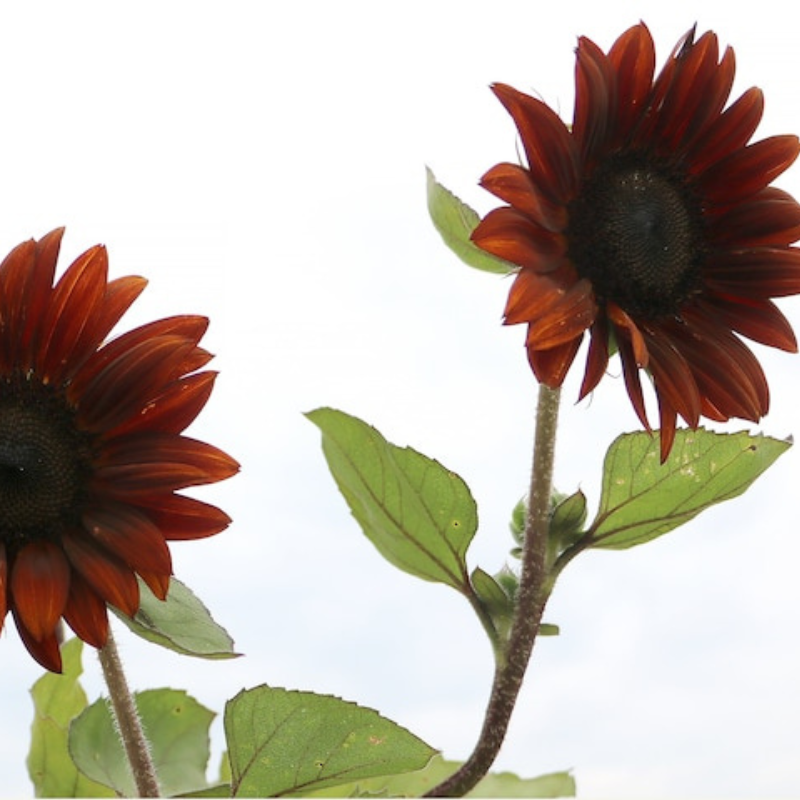- Historical context: Sunflowers have been cultivated for thousands of years, originally by Native Americans for their seeds and oil. The Chocolate Cherry Sunflower is a more recent cultivar developed for its unique color and ornamental value.
- Geographical origination: The Chocolate Cherry Sunflower is a hybrid variety developed in North America, specifically bred for its deep, rich color and ornamental appeal.
- Relevant cultural significance: Sunflowers hold significant cultural value in many societies, symbolizing adoration, loyalty, and longevity. The Chocolate Cherry variety is particularly valued in ornamental gardening and floral arrangements.
- Time period of discovery: The Chocolate Cherry Sunflower is a modern cultivar, developed in the late 20th to early 21st century.
- Original habitat: As a cultivated hybrid, the Chocolate Cherry Sunflower does not have a natural habitat but is grown in gardens and farms.
- Notable historical uses: While traditional sunflowers have been used for their seeds, oil, and as a food source, the Chocolate Cherry Sunflower is primarily used for ornamental purposes.
- Ideal temperature range: Sunflowers thrive in warm temperatures, ideally between 70-78°F (21-26°C).
- Soil type: They prefer well-drained, loamy soil with a pH between 6.0 and 7.5.
- Sunlight requirements: Full sun is essential for optimal growth, requiring at least 6-8 hours of direct sunlight daily.
- Watering needs: Moderate watering is needed. Keep the soil consistently moist but not waterlogged, especially during germination and early growth stages.
- Planting season: Plant seeds in late spring after the last frost has passed. Soil temperature should be at least 50°F (10°C) for germination.
- Germination time: Seeds typically germinate within 7-10 days under optimal conditions.
- Growth cycle duration: The Chocolate Cherry Sunflower has a growth cycle of approximately 70-90 days from planting to flowering.
- Common pests and diseases: Common pests include aphids, caterpillars, and sunflower beetles. Diseases such as downy mildew, rust, and powdery mildew can also affect sunflowers.
- Companion planting advice: Good companions include corn, squash, and cucumbers. Avoid planting near potatoes as they can attract similar pests.
- Common challenges and solutions: Challenges include pest infestations and fungal diseases. Regular monitoring, proper spacing, and good air circulation can help mitigate these issues. Using organic pesticides and fungicides can also be effective.
- Nutritional values: While primarily ornamental, sunflower seeds in general are rich in healthy fats, protein, fiber, and essential vitamins and minerals such as Vitamin E, magnesium, and selenium.
- Health benefits: Sunflower seeds can support heart health, reduce inflammation, and provide antioxidants. They are also beneficial for skin health due to their high Vitamin E content.
- Culinary uses: While the Chocolate Cherry Sunflower is mainly ornamental, sunflower seeds can be roasted and eaten as snacks, added to salads, or used in baking.
- Medicinal uses: Sunflower seeds have been used in traditional medicine to support cardiovascular health, reduce cholesterol levels, and improve skin health.
- Other unique advantages: The Chocolate Cherry Sunflower is particularly valued for its striking appearance, making it a popular choice for gardens, floral arrangements, and decorative purposes. Its deep red to maroon petals add a unique touch to any landscape.












